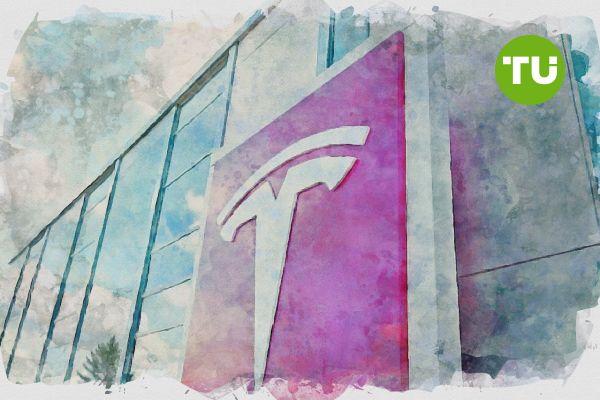Tesla stock falls below $245 as robotaxi delay and tariffs weigh on outlook
 Tesla is also facing brand-related challenges, particularly in China
Tesla is also facing brand-related challenges, particularly in China
As of April 17, 2025, Tesla Inc. (NASDAQ: TSLA) is trading at $241.55, marking a sharp 4.94% decline in the last 24 hours.
This move extends Tesla's year-to-date losses to around 40%, with the stock currently more than 50% off its December 2024 high of $488.54. The current price action places Tesla well below its key 50-day and 200-day moving averages, confirming a bearish trend across all major timeframes.
Technical indicators paint a pessimistic short-term picture. The Relative Strength Index (RSI) has dropped into the oversold territory near 28, suggesting that bearish momentum is dominating but may be approaching exhaustion. Tesla's next support zone lies at $235, followed by $220 if selling pressure intensifies. On the upside, immediate resistance is found near $260, which aligns with the 50-day moving average. However, any meaningful recovery would need a breakout above $275 to indicate a potential shift in trend.
TSLA stock price dynamics (February 2025 - April 2025). Source: TradingView.
Volume trends also reinforce the bearish outlook. Tesla’s average daily trading volume over the past 10 sessions has surged to approximately 152 million shares, significantly above its 3-month average of around 119 million, reflecting heightened selling pressure. The MACD line remains below the signal line by over 3.5 points, with the histogram deep in negative territory, confirming momentum is skewed to the downside. Meanwhile, Bollinger Bands have widened to a 20-point spread, with price action anchored near the lower band—currently around $239—indicating strong downward momentum. Unless volume shifts decisively in favor of buyers or the MACD signals a bullish crossover, Tesla’s technical structure will likely continue to favor further declines.
Strategic uncertainty and macroeconomic pressure
Tesla's stock decline is rooted in both strategic pivots and macroeconomic headwinds. Internally, the company's decision to delay the launch of its long-anticipated affordable EV model in favor of a robotaxi platform has fueled investor skepticism. Although the autonomous vehicle initiative—featuring the Cybercab—is a bold move, the production timeline has been pushed back to at least 2026, removing a key near-term growth catalyst.
Externally, U.S.-China trade tensions have intensified, creating ripple effects across the automotive industry. The Trump administration’s 54% tariff on Chinese-made auto parts and battery components significantly raises Tesla’s production costs. In response, China has imposed a 34% tariff on U.S. exports, potentially curbing Tesla’s vehicle sales in a market that accounted for more than 20% of its deliveries last year. Analysts estimate that these tariffs could slash U.S. revenue by 3.5% and reduce domestic demand by up to 9% in 2025.
Tesla is also facing brand-related challenges, particularly in China, where Elon Musk’s political affiliations have created a backlash. This has opened the door for local competitors like BYD and Nio to expand their market share. Moreover, a 15.1% decline in Tesla’s Q1 California EV sales underscores waning domestic momentum amid these broader dynamics.
Outlook and price forecast
The outlook for Tesla stock remains cautious to bearish in the near term. Wall Street sentiment has turned more critical, with UBS cutting its 12-month target to $190, citing an 11% forecasted decline in 2025 deliveries. Goldman Sachs and Mizuho have also trimmed their targets, pointing to declining demand and rising costs. Even bullish voices like Dan Ives of Wedbush have moderated expectations, lowering his price target from $550 to $315 while acknowledging reputational risks and execution delays.
Based on current technical and fundamental conditions, Tesla is likely to remain under pressure over the coming weeks. A retest of the $235 support level is probable. If that level fails to hold, the next target would be $220. Any bounce will face stiff resistance at $260 and then $275. Unless Tesla surprises markets with positive earnings or accelerated developments on the robotaxi front, the prevailing downtrend is expected to persist into Q2 2025.
Tesla faces rising production costs due to a 145% tariff on Chinese goods, adding around $5,000 per vehicle. Analysts warn this could reduce U.S. demand by up to 9%, further straining its delivery performance.













































































































































